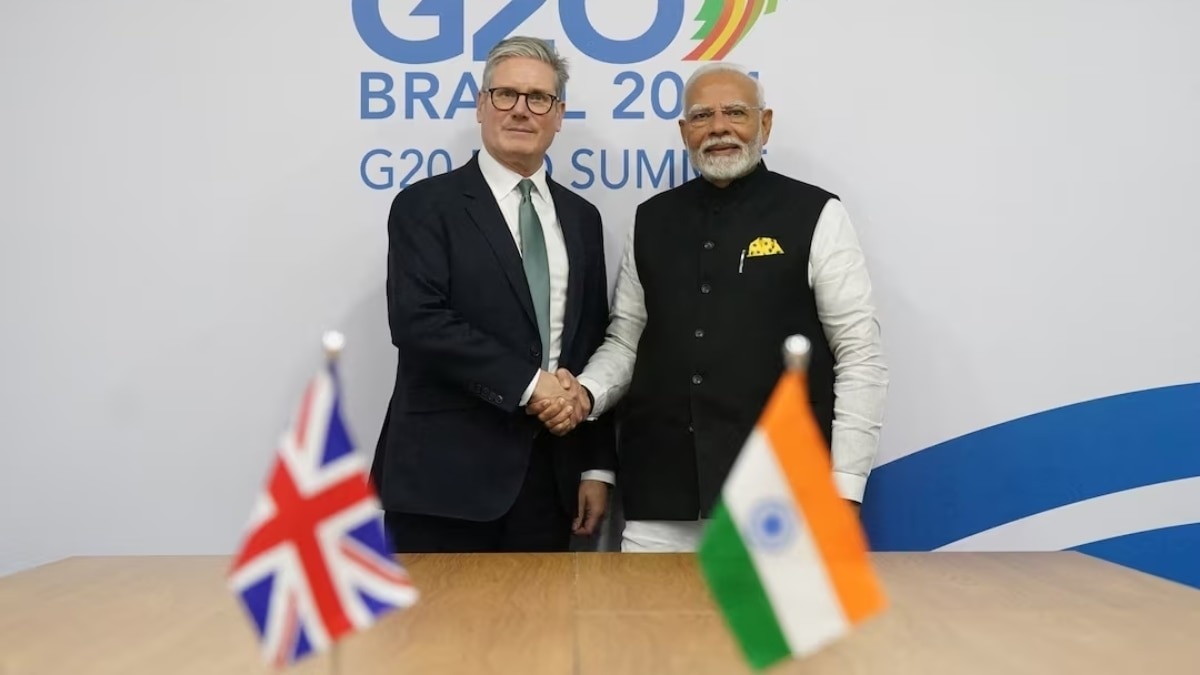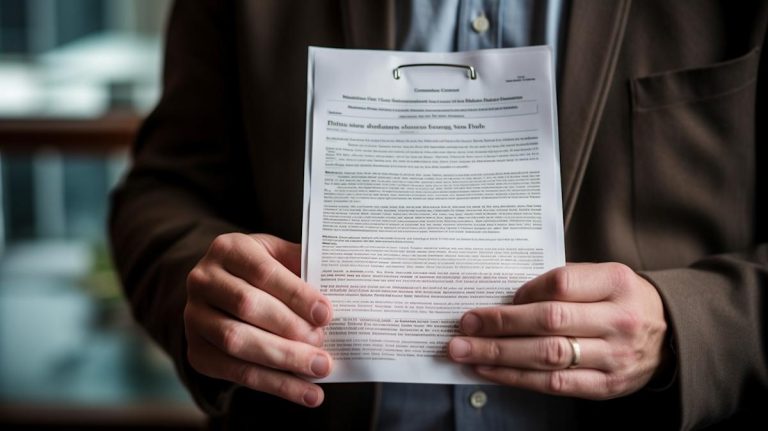Noting that India’s trade deal with the UK is the most comprehensive in recent years, Commerce Secretary Sunil Barthwal on Friday said that it is different from other free trade agreements as it reflects India’s transition to a more mature economy.
“India is now a mature economy. We would like to get into areas where we didn’t go in other FTAs,” Barthwal told reporters, underlining that each trade deal is on its own footing. “No one FTA can be a model FTA for any other negotiation,” he said.
Officials pointed out that the India-UK trade deal is between two of the largest economies in the world. India and the UK rank as the fourth and sixth largest economies, respectively.
India and the UK on July 24 signed the Comprehensive Economic Trade Agreement, negotiations for which were concluded in May this year. The deal, which was signed by Commerce and Industry Minister Piyush Goyal and his British counterpart Jonathan Reynolds in the presence of Prime Minister Narendra Modi and Prime Minister Keir Starmer, aims to double bilateral trade to about $130 billion by 2030.
Barthwal noted that hundreds of meetings and consultations went into the successful conclusion of the FTA and said that it adds certainty for businesses and stakeholders.
“FTAs are bilateral agreements and cannot be one-sided… the objective has been to let trade gain from the strengths of both countries and to protect each other’s sensitivities,” he underlined.
Accordingly, as part of the trade deal, India has safeguarded its sensitive sectors — dairy, cereals and millets, pulses, and vegetables, to high-value items like gold, jewellery, lab-grown diamonds, and certain essential oils.
Strategic exclusions also cover critical energy fuels, marine vessels, worn clothing, and critical polymers and their monofilaments, smartphones, and optical fibres — a strong stand to protect farmers, MSMEs, and national interests.
For strategically important products — particularly those where domestic capacity is being built under flagship initiatives like Make in India and Production Linked Incentive schemes — concessions are being provided over periods of five, seven, and ten years.
In terms of alcoholic beverages, particularly Scotch whisky, which was seen as a key risk by the Indian industry, India has chosen to gradually and selectively open its market. “Scotch is a GI product, and there is always a limit to which it can be produced,” the Commerce Secretary noted, adding that the FTA will help in exports of blended whisky.
For Scotch whisky, the duty will be reduced to 40% over ten years. Limited duty cuts (up to 75% over ten years) have been offered on other alcoholic beverages, with concessions applicable only above a set Minimum Import Price — $6 for bottled and $5 for bulk whisky.
In terms of market access to automobiles, India has committed to a calibrated, phased, and development-oriented quota-based liberalisation strategy. Under this, a total annual quota of up to 37,000 cars has been provided at a reduced tariff — with a graded structure for both quota and tariffs.







